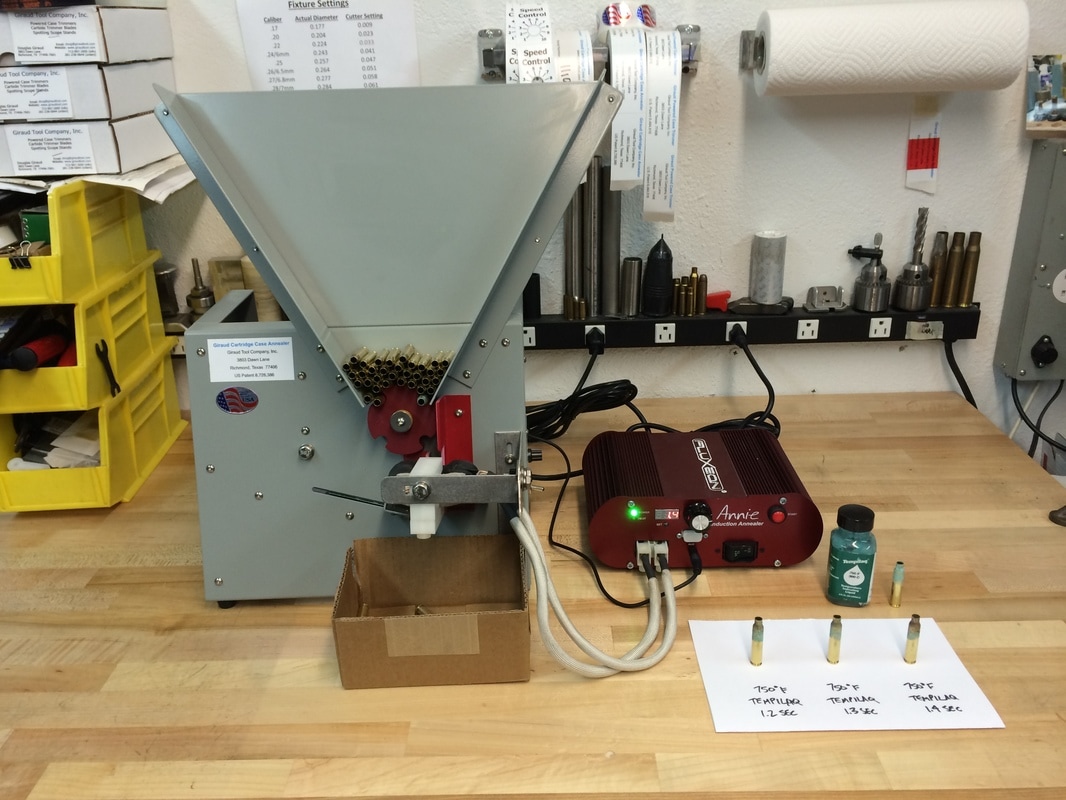Having an issue setting it up. I watch youtube videos and basically everyone is doing something different, and their brass all looks different. No idea whos right/wrong or what anymore.
The best brass I saw which had an even golden anneal past the shoulder was actually a PrimalRights video but hes using a BenchSource. I haven't found that with any videos on the Giraud, and the Giraud instructions basically say put 750 Tempilaq in it and get it to the point where it melts it and thats it. When I do that, I don't get the nice annealed color/pattern like you see on 5.56 brass from the factory. Is it even supposed to do that?
Anyone have any gas and timer settings they use on the Giraud I can try and base a trial/error off of? Anyone know of an actual video for the Giraud thats correct and the brass looks the way its supposed to?
The best brass I saw which had an even golden anneal past the shoulder was actually a PrimalRights video but hes using a BenchSource. I haven't found that with any videos on the Giraud, and the Giraud instructions basically say put 750 Tempilaq in it and get it to the point where it melts it and thats it. When I do that, I don't get the nice annealed color/pattern like you see on 5.56 brass from the factory. Is it even supposed to do that?
Anyone have any gas and timer settings they use on the Giraud I can try and base a trial/error off of? Anyone know of an actual video for the Giraud thats correct and the brass looks the way its supposed to?


